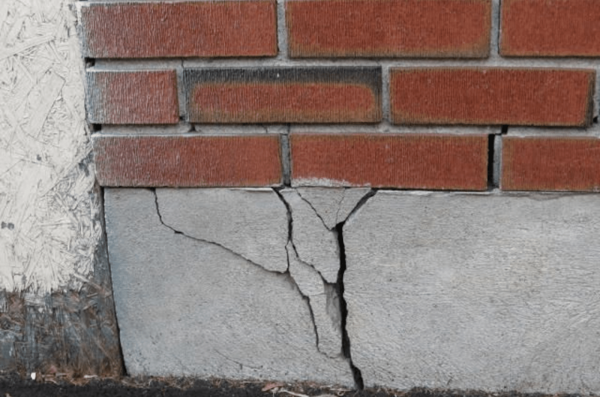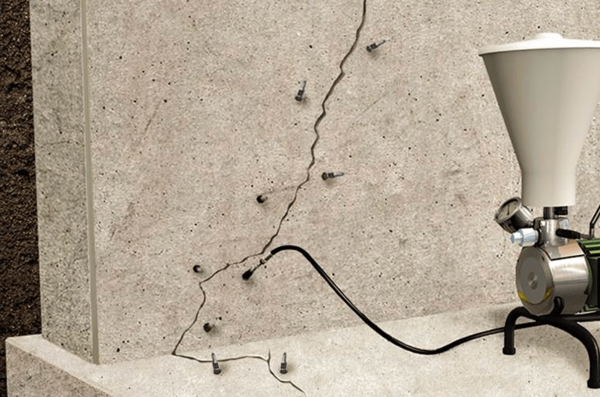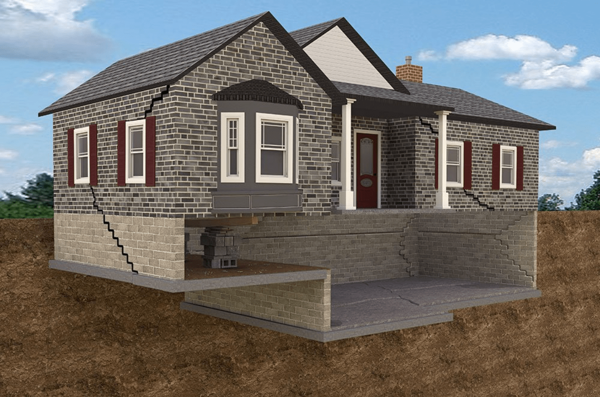Are you finding cracks in your walls and floor? Have you noticed misaligned windows or doorframes in your building? If so, it may be possible that you are having foundation problems, and it is not a problem that you can choose to ignore.
Foundation repair was once a huge undertaking with only one option. Luckily, modern advances have now allowed for a range of possible fixes. Read on to hear our essential guide on foundation repair.

How Do I Know I Need Foundation Repair?
Problems with your foundation are not something you can ignore. They can cause a myriad of problems, damaging the structural integrity and seriously devaluing the property. Some common foundation problems include:
Interior Signs
You may notice that doors and windows start to become out of shape and misaligned. This could also be accompanied by cracks in the floor or uneven surfaces. Cracked sheetrock is also a warning sign.
Exterior Signs
As with the interior, any cracks on surfaces such as bricks and the foundations can be a sign that your home needs repair. Displaced molding along with window, wall, and door separation is another sign. Rotation or movement of walls is also a house foundation problem.

What Are the Causes of Foundation Issues?
Your property is built on a foundation. This is dug into the ground and keeps the house sturdy and in place. If that foundation moves for any reason, it can cause problems with the building above, distorting its shape and pulling it in different directions.
This results in cracks and damage to the building. If left, it can result in the property becoming so unstable it becomes a danger. Most home foundation problems are caused by water and moisture.
When part of your foundation moves, it is usually due to a loss or gain of soil moisture. The shrinkage or swelling caused by this either lowers, heightens, or moves your home, causing it to pull in different directions. Certain types of land and conditions can be more susceptible to foundation issues.
Any house built on soil with high clay contents, particularly expansive clay, are susceptible. In fact, any unstable soil used as a base can cause problems, or if the soil was not properly compacted during the building process.
With water being the main culprit, poor drainage, or leaks in the sewerage system under the house can have an impact. Extreme season changes or adverse weather like floods, droughts, and earthquakes can also cause damage. Nature can also cause a problem if tree roots begin to grow into your foundation.
What Is Foundation Settlement?
Small, hairline cracks are known as foundation settlement. This is very common in new builds, as the property beds itself into the ground. These cracks should not be a problem, and you should keep watching them to see if they grow, in which case it may be a major foundation problem.
If a crack is less than an 8th of an inch, it counts as a hairline crack. If you notice any 45-degree angle cracks, they may also indicate problems regardless of size and you should contact a professional.

How to Fix Foundation Problems
Previously, the only method to repair foundation problems was to use concrete. Luckily, there are now a number of options for fixing foundation problems, depending on the building and ground it has been built on.
A professional should be able to give you advice and discuss the options thoroughly. Some of the possible solutions are below;
Concrete
This was previously the most used repair method, and it still holds up today. Poured concrete piers, or ones adapted for use in repairs, are used to fix the foundation. It is a very durable and efficient method. However, the method has fallen out of favor recently.
This is because of the effort and cost involved. Specialist machinery, such as large drilling rigs, has to be put in place, which can be tough in confined spaces. This causes a lot of mess, and a lot of holes have to be dug up by the workers conducting the repair. For this reason, many people opt for cheaper and easier to apply solutions, though concrete is probably one of the most lasting and effective methods.
Steel Piers
Steel piers replace concrete as the go-to method for repairing foundations. Their application is extremely technical, but it requires less drilling and disturbance than concrete pillars. They also take less time to install.
Helical Piers
Helical piers are extremely versatile and are often seen in both new constructions and repairs. They operate like a giant screw, bearing down into the ground and securing whatever is at the top. They are most common in smaller repairs, particularly exterior foundation and slab repairs.
Polyurethane Foam
High-density polyurethane foam offers one of the quickest methods to secure a foundation. The foam is injected into a 6x6 foot checkerboard, laid in place in the affected area, and left to dry. It is also a very cheap method of fixing the foundation.
Before using this method, check plumbing and ductwork in the foundations. If the foam leaks into HVAC systems, it can clog. Any leaks in the plumbing or drain lines will end up sealed inside, so they require repair beforehand.
Segmented and Spot Piers
The final two options are segmented and spot pier repair. Spot piers are hand dug holes, filled with concrete, ideal for light foundation repairs in outbuildings and porches. Segmented piers are a new addition that uses smaller concrete pillars pressed into place.

Do Not Delay the Repair
Many foundation repairs will be covered by building insurance, so should not cut into your finances as much as you expect. In addition, delaying can cause even more structural damage, making the problem cost more in the long run. Do not delay the repair.
Onfloor technologies have a number of flooring options for all eventualities. If you need maintenance conducting during or after your foundation repair, then we should be your first stop shop. Contact us immediately for a demo request, so we can start to fix the cracks in your foundation and safeguard your property today.

17 comments